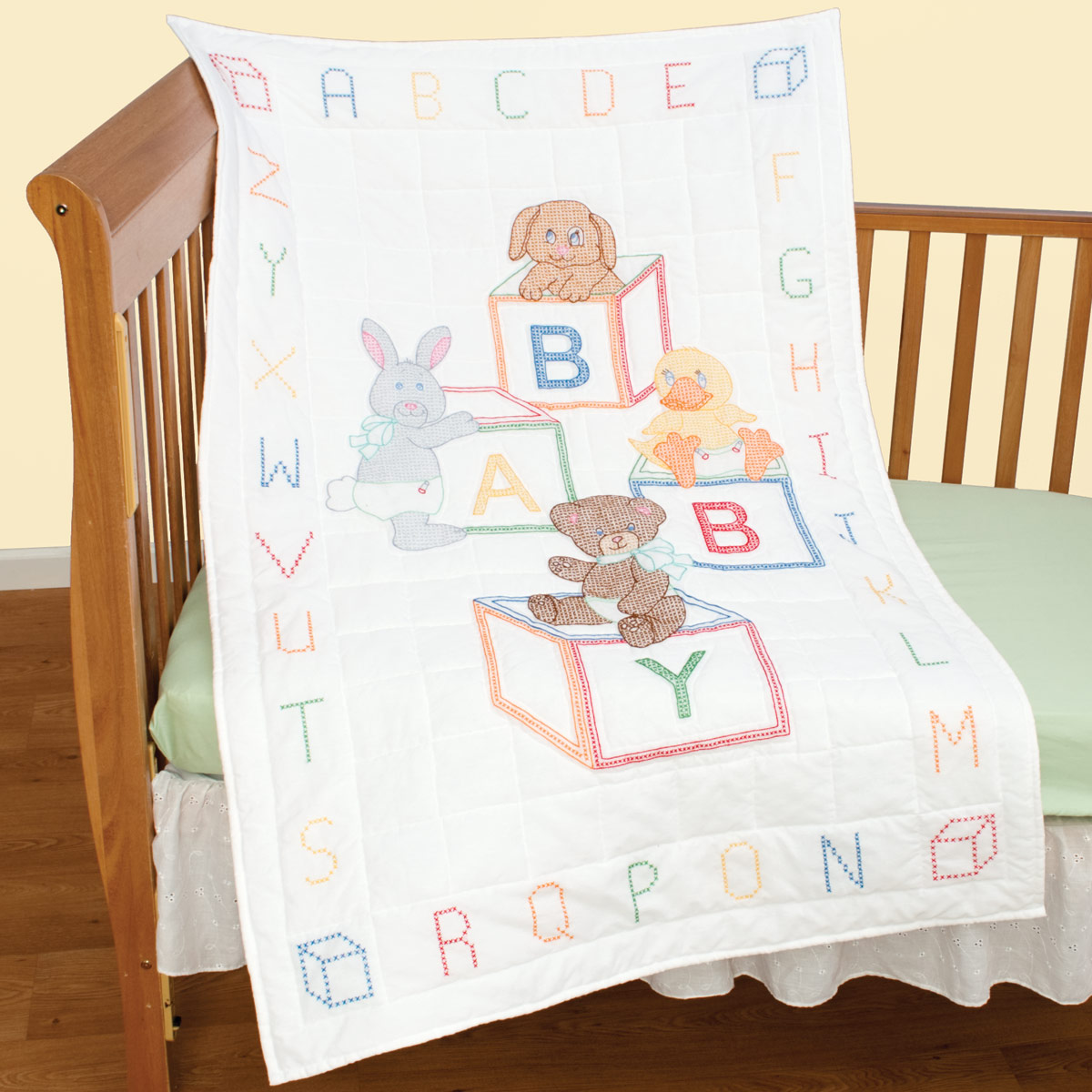

Articles
What Is The Size Of A Crib Quilt
Modified: February 24, 2024
Discover the ideal size of a crib quilt with our informative articles. Find out the perfect dimensions to ensure a cozy and safe sleep environment for your little one.
(Many of the links in this article redirect to a specific reviewed product. Your purchase of these products through affiliate links helps to generate commission for Storables.com, at no extra cost. Learn more)
Introduction
Welcome to this comprehensive guide on the size of a crib quilt. A crib quilt is a decorative and functional item that adds warmth and style to a baby’s nursery. Finding the right size of a crib quilt is important for both aesthetics and safety. In this article, we will explore the standard dimensions of a crib, typical sizes of crib quilts, and factors to consider when choosing the right size. We will also discuss the benefits of using a properly sized crib quilt and considerations for sizing up or down. So, let’s dive in and discover everything you need to know about the size of a crib quilt!
Key Takeaways:
- Choosing a crib quilt that adheres to the standard dimensions ensures a safe and cozy sleeping environment for your baby, promoting comfortable sleep and simplifying maintenance.
- When considering resizing a crib quilt, prioritize safety, comfort, and aesthetic appeal. Seek professional guidance and carefully assess the necessity and impact on quilting patterns.
Read more: What Is A Crib Mattress Size
Standard Crib Dimensions
Before we explore the size of a crib quilt, let’s first understand the standard dimensions of a crib. A crib is a bed designed for infants and toddlers, providing a safe and cozy sleeping environment. The typical dimensions of a standard crib are regulated by safety standards to ensure the well-being of the child.
In the United States, the Consumer Product Safety Commission (CPSC) sets guidelines for crib dimensions. According to these guidelines, a standard crib should have an interior dimension of 28 inches by 52 inches (71 cm by 132 cm). This provides enough space for the baby to sleep comfortably and move around while maintaining a secure sleeping area.
The overall dimensions of a standard crib, including the frame and rails, can vary. However, most standard cribs have an exterior size of around 30 inches by 54 inches (76 cm by 137 cm). It’s important to note that cribs can come in different styles and designs, but they should adhere to the recommended interior dimensions to ensure safety.
Typical Crib Quilt Sizes
Now that we have a clear understanding of the standard dimensions of a crib, let’s move on to the typical sizes of crib quilts. A crib quilt is a type of blanket or coverlet that is specifically designed to fit a crib mattress. It adds a decorative touch to the nursery and provides warmth and comfort for the baby.
Generally, crib quilts come in a few standard sizes to ensure a proper fit. The most common size is 36 inches by 52 inches (91 cm by 132 cm). This size allows for ample coverage of the mattress while leaving enough space for tucking the quilt around the edges.
However, it’s important to note that these sizes can vary slightly depending on individual preferences or patterns. Some crib quilts may be a bit larger or smaller, but it’s generally recommended to stick to the standard sizes to ensure a proper fit.
Crib quilts also come in different thicknesses, from lightweight quilts suitable for warmer months to thicker quilts designed for colder seasons. The choice of thickness depends on personal preference and the climate of the region you live in.
Additionally, crib quilts often feature various designs and patterns, allowing you to choose one that complements the overall theme and color scheme of the nursery. Some popular designs include animals, flowers, geometric shapes, and alphabet prints.
Factors to Consider for Crib Quilt Size
When choosing the size of a crib quilt, there are a few important factors to consider. These factors will help ensure that the quilt fits properly and provides the necessary comfort and safety for your baby. Let’s explore these factors in more detail:
1. Standard Dimensions: As mentioned earlier, it’s advisable to choose a crib quilt that adheres to the standard dimensions of 36 inches by 52 inches (91 cm by 132 cm). This ensures a proper fit and allows for easy tucking around the edges of the mattress.
2. Mattress Thickness: Take into account the thickness of the crib mattress when selecting a quilt. If the mattress is thicker than average, you may need a slightly larger quilt to fully cover it. Conversely, if the mattress is thinner, a smaller quilt might be suitable.
3. Crib Style: Consider the style of your crib when choosing a quilt size. Some cribs have higher sides or decorative designs that may require a larger quilt to adequately cover the mattress and sides. Ensure that the quilt you choose is large enough to cover the entire sleeping area of the crib.
4. Quilt Pattern: The pattern or design of the quilt can also influence the perceived size. Some patterns may make the quilt appear larger, while others may have a visually shrinking effect. Keep this in mind when selecting a quilt to ensure it complements the size of your crib and the overall aesthetics of the nursery.
5. Future Use: Consider whether you plan to use the crib quilt beyond the baby stage. If you intend to keep using it as your child grows, you may want to choose a slightly larger quilt that can accommodate a toddler-sized bed later on.
By taking these factors into consideration, you can ensure that the crib quilt you choose fits properly, enhances the visual appeal of the nursery, and provides optimal comfort and safety for your baby.
When making a crib quilt, a standard size is around 36 inches by 52 inches. This allows for a good fit on a standard crib mattress and provides enough coverage for the baby.
Benefits of Using a Properly Sized Crib Quilt
Using a properly sized crib quilt offers numerous benefits for both you and your baby. Let’s explore some of these benefits:
1. Comfortable Sleep: A properly sized crib quilt ensures that your baby sleeps comfortably. It provides an extra layer of warmth and coziness, making the sleeping environment more inviting and soothing. The right size prevents the quilt from being too big or too small, allowing your baby to sleep peacefully throughout the night.
2. Safe Sleeping Environment: By using a quilt that fits properly, you can ensure a safe sleeping environment for your baby. A quilt that is too large can pose the risk of suffocation or entanglement, while a quilt that is too small may not provide adequate coverage. A properly sized quilt eliminates these safety concerns and promotes healthy sleep habits.
3. Aesthetically Pleasing: A crib quilt that fits the dimensions of the crib adds a touch of beauty to the nursery. It complements the overall decor and enhances the visual appeal of the room. Choosing the right size ensures that the quilt looks proportionate to the crib and contributes to the overall ambiance of the nursery.
4. Easier Maintenance: Using a properly sized crib quilt makes it easier to care for. It fits snugly on the mattress, reducing the chances of it slipping or bunching up. This makes it simpler to make the bed and keep the nursery tidy. Additionally, a well-fitting quilt is easier to fold and store when not in use.
5. Flexibility for Layering: When a crib quilt is appropriately sized, it allows for layering with other bedding items. You can add a lightweight blanket or a crib sheet on top of the quilt for extra warmth or a decorative touch. The ability to layer bedding offers versatility and customization options to cater to your baby’s comfort and changing seasons.
In summary, using a properly sized crib quilt not only ensures the comfort and safety of your baby but also contributes to the aesthetics and functionality of the nursery. It creates a cozy and visually appealing sleeping space while simplifying maintenance and allowing for flexibility in bedding choices.
Read more: What Size Is A Queen Size Quilt
Considerations for Sizing up or down a Crib Quilt
Sometimes, you may find yourself needing to size up or down a crib quilt to fit your specific needs. Here are some important considerations to keep in mind when determining whether to alter the size of a crib quilt:
1. Necessity: Assess whether resizing the crib quilt is truly necessary. If the current quilt fits properly and meets your baby’s needs, there may be no need to alter the size. It’s essential to prioritize safety and comfort over aesthetic preferences.
2. Seam Allowances: Consider the seam allowances when resizing a crib quilt. If you plan to resize it by cutting or adding fabric, you must ensure that the new seams are sewn securely to maintain the quilt’s structural integrity.
3. Quilting Pattern: Take into account the quilting pattern when resizing a quilt. Some intricate quilting patterns may not lend themselves well to resizing. Ensure that the pattern remains intact and visually appealing after altering the quilt’s size.
4. Fabric Availability: Check if you have enough fabric available to resize the quilt. If you plan to add fabric, ensure that it matches the existing fabric in terms of color, texture, and pattern. This ensures a cohesive and visually pleasing result.
5. Personal Skill Level: Consider your sewing skills and capabilities when resizing a crib quilt. If you are confident in your ability to alter the quilt effectively, you can proceed with the resizing. However, if you are unsure or lack experience, it is advisable to seek assistance from a professional or consider purchasing a quilt in the desired size.
6. Future Use: Think about the potential future use of the resized quilt. If you plan to continue using it as your child grows, consider whether the altered size will be suitable for a toddler bed or another purpose. A well-planned resizing will allow for long-term, multi-purpose use.
7. Consultation: If in doubt about resizing a crib quilt, consult with a professional quilter or seamstress. They can provide guidance and advice on altering the quilt size while maintaining its quality and integrity.
Remember, resizing a crib quilt should always prioritize safety, comfort, and the overall aesthetic appeal of the nursery. Take proper measurements, plan carefully, and execute the resizing process with precision to ensure a successful outcome that meets your specific needs and preferences.
Conclusion
Choosing the right size of a crib quilt is essential for creating a comfortable, safe, and visually appealing nursery for your baby. Understanding the standard dimensions of a crib and the typical sizes of crib quilts allows you to make informed decisions. By considering factors such as mattress thickness, crib style, and quilt pattern, you can ensure a snug and proper fit.
Using a properly sized crib quilt offers a range of benefits. It promotes comfortable sleep, creates a safe sleeping environment, enhances the aesthetic appeal of the nursery, and simplifies maintenance. Additionally, a well-fitting quilt allows for flexibility in layering other bedding items to cater to your baby’s needs and changing seasons.
If you find yourself needing to resize a crib quilt, it’s important to carefully consider the necessity, seam allowances, and the impact on the quilting pattern. Assessing your fabric availability, personal sewing skills, and future use of the quilt will also help you make an informed decision on whether or not to proceed with resizing.
Ultimately, the size of a crib quilt should prioritize the safety and comfort of your baby above all else. It should contribute to a peaceful and inviting sleeping environment while adding a touch of beauty to the nursery. Seek guidance from professionals if needed and opt for resizing only when necessary and feasible.
By following these considerations and being mindful of the size of a crib quilt, you can create a cozy and delightful nursery that will provide comfort and joy for both you and your little one.
Frequently Asked Questions about What Is The Size Of A Crib Quilt
Was this page helpful?
At Storables.com, we guarantee accurate and reliable information. Our content, validated by Expert Board Contributors, is crafted following stringent Editorial Policies. We're committed to providing you with well-researched, expert-backed insights for all your informational needs.
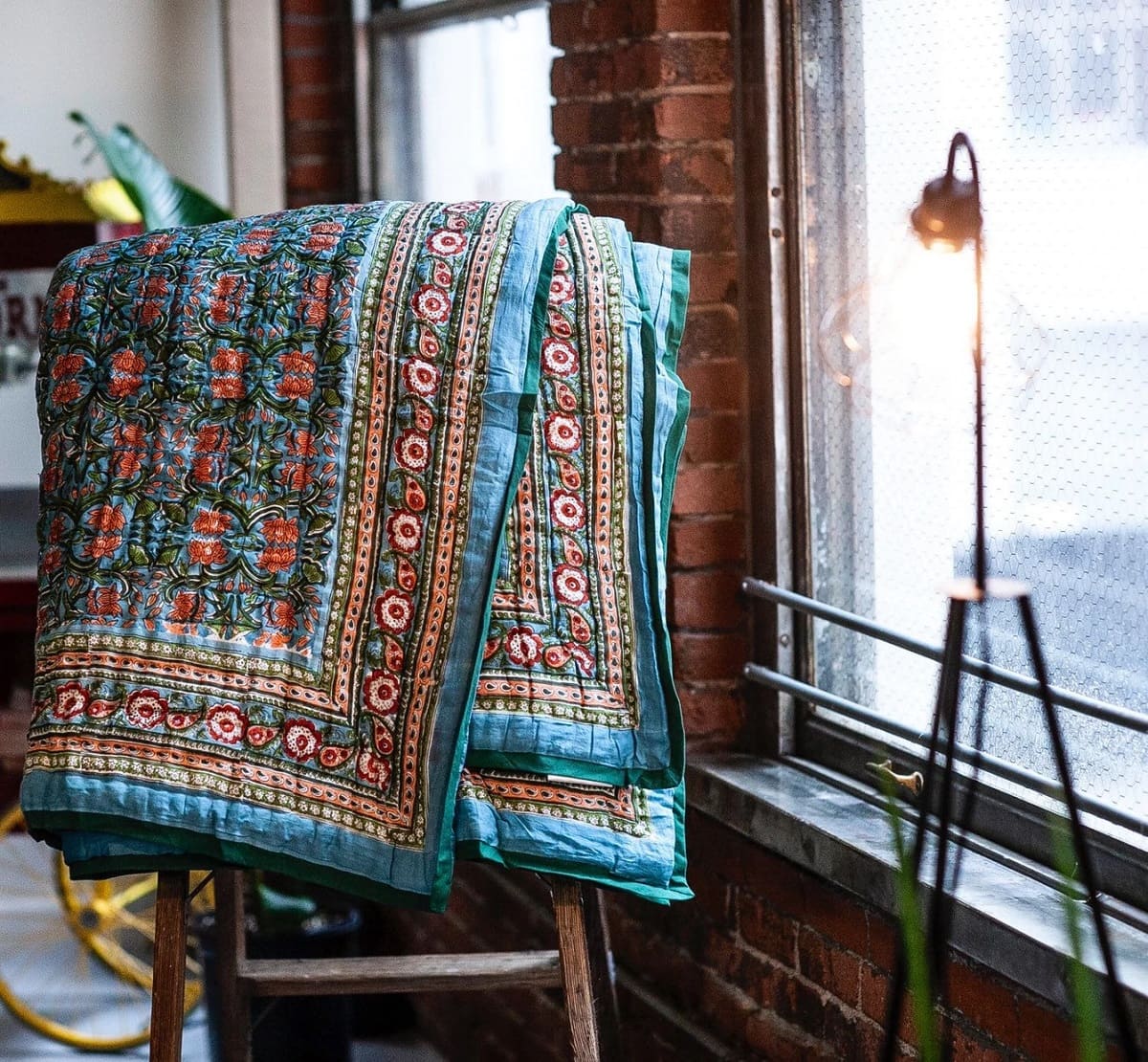
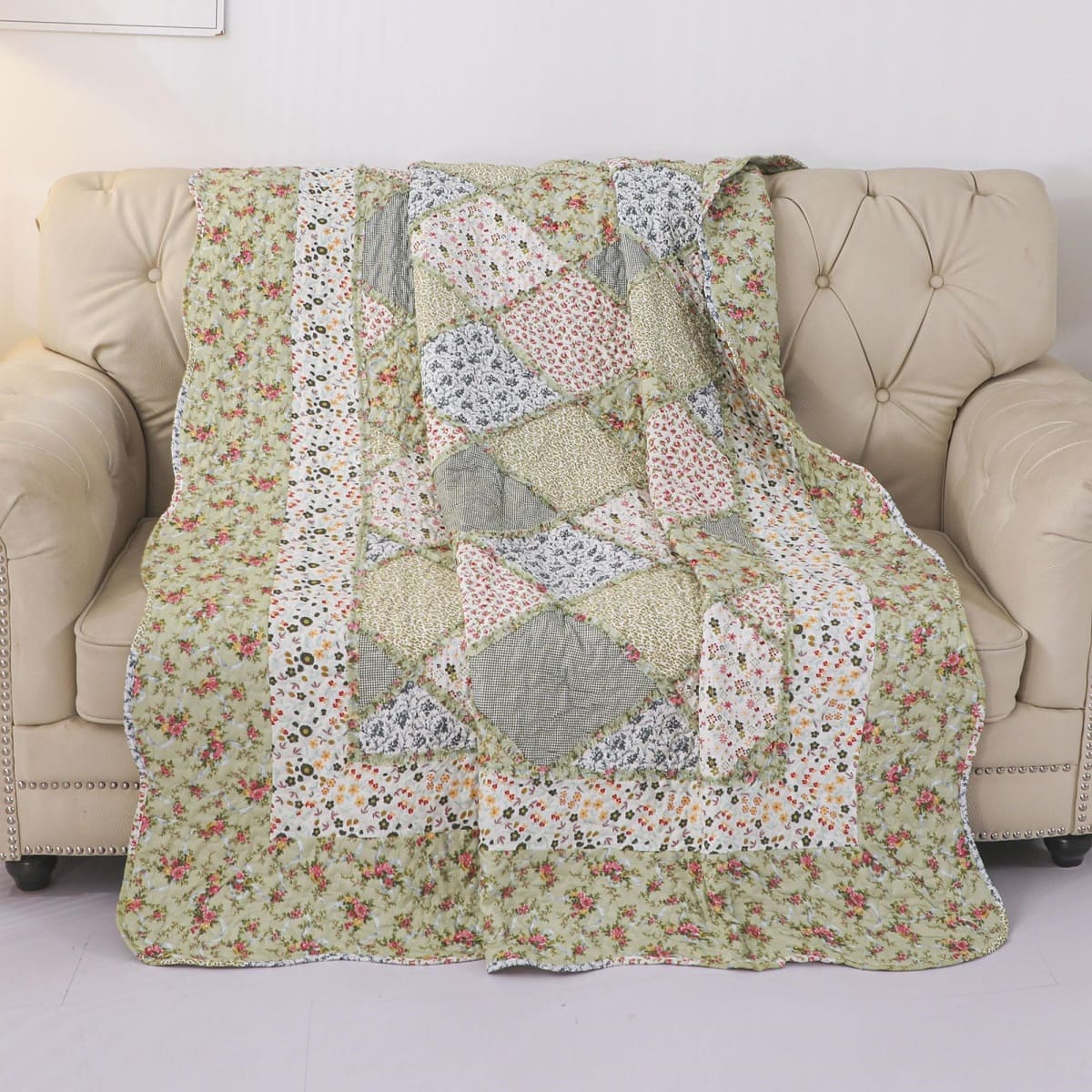
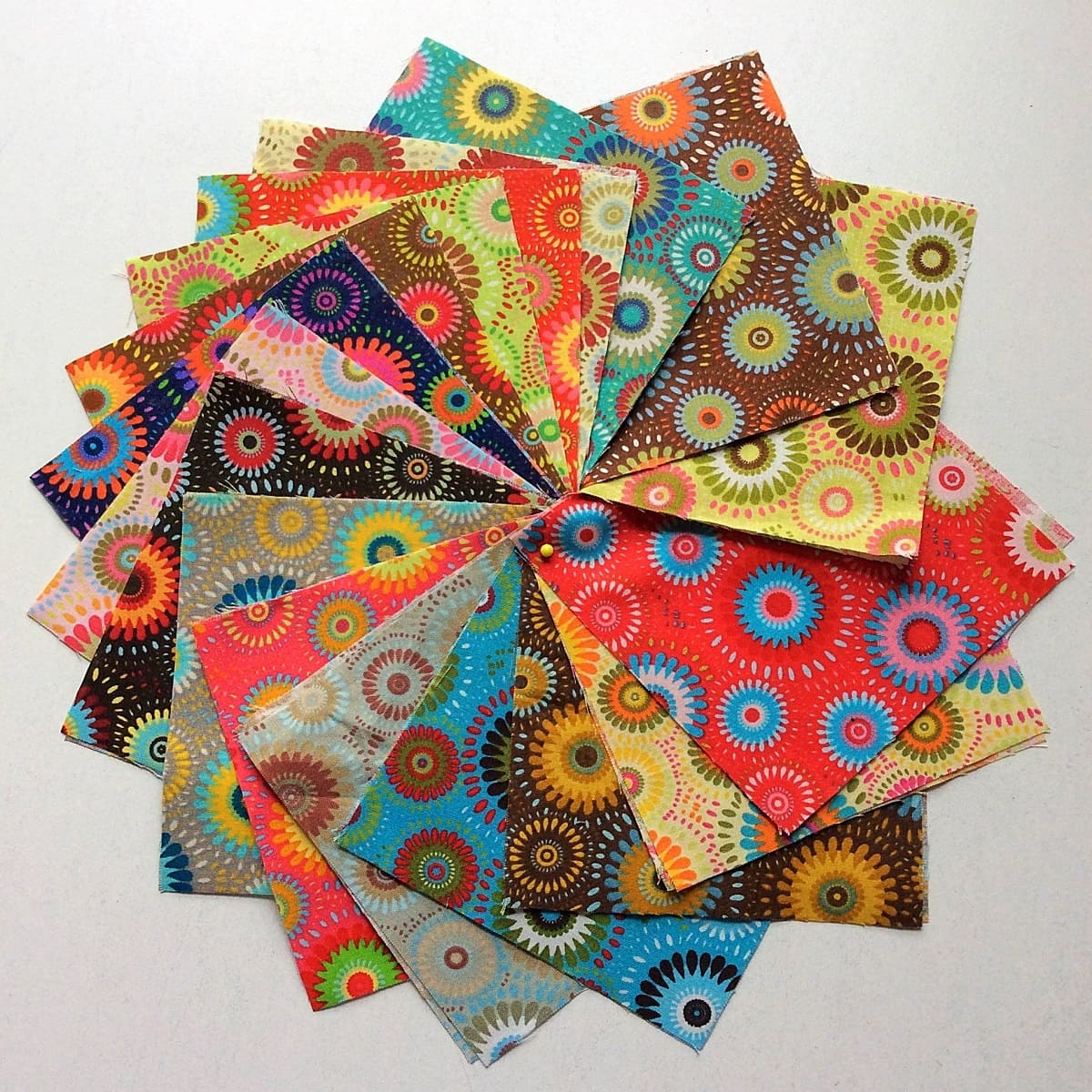
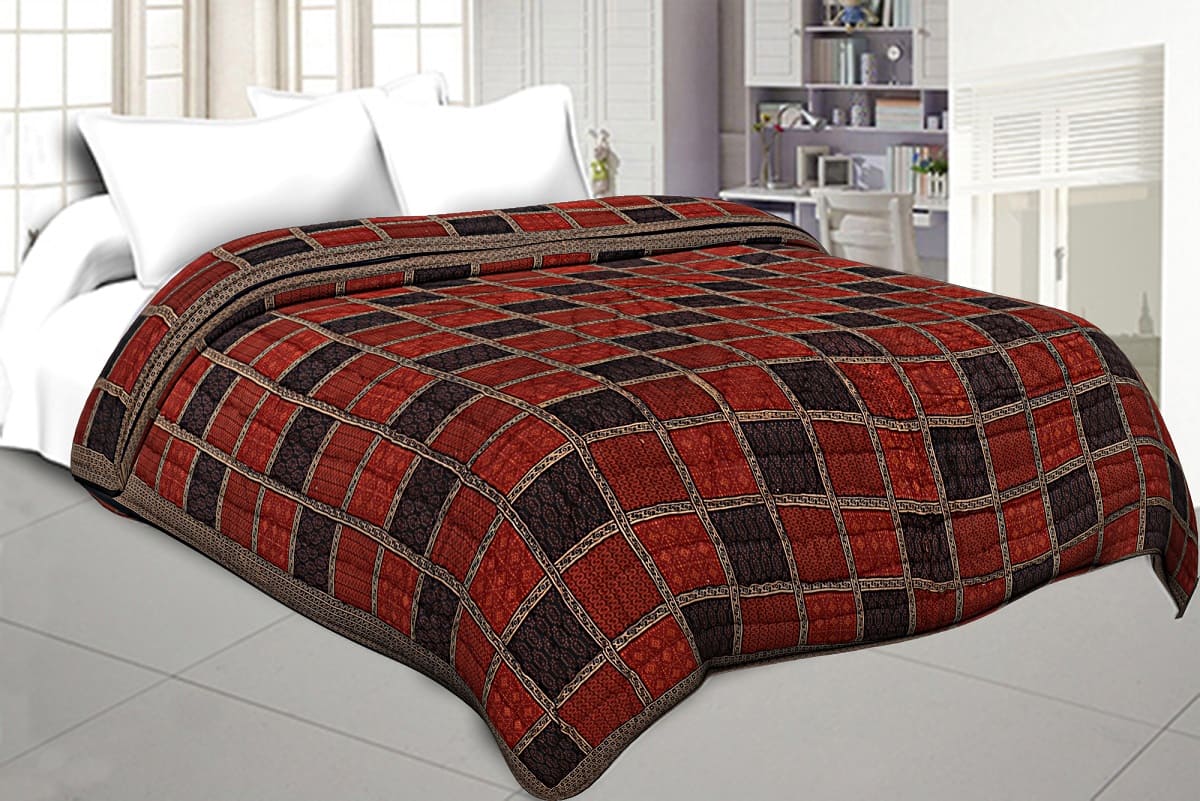
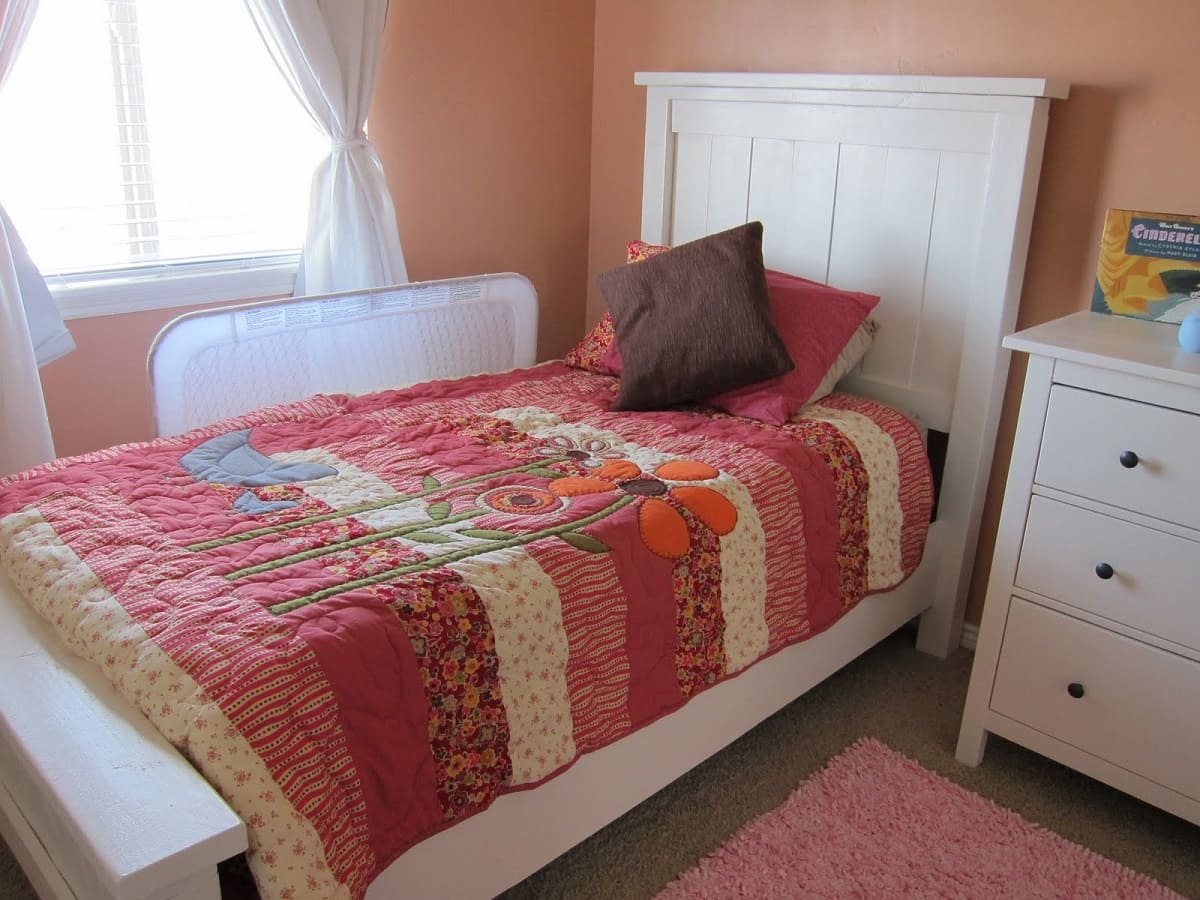
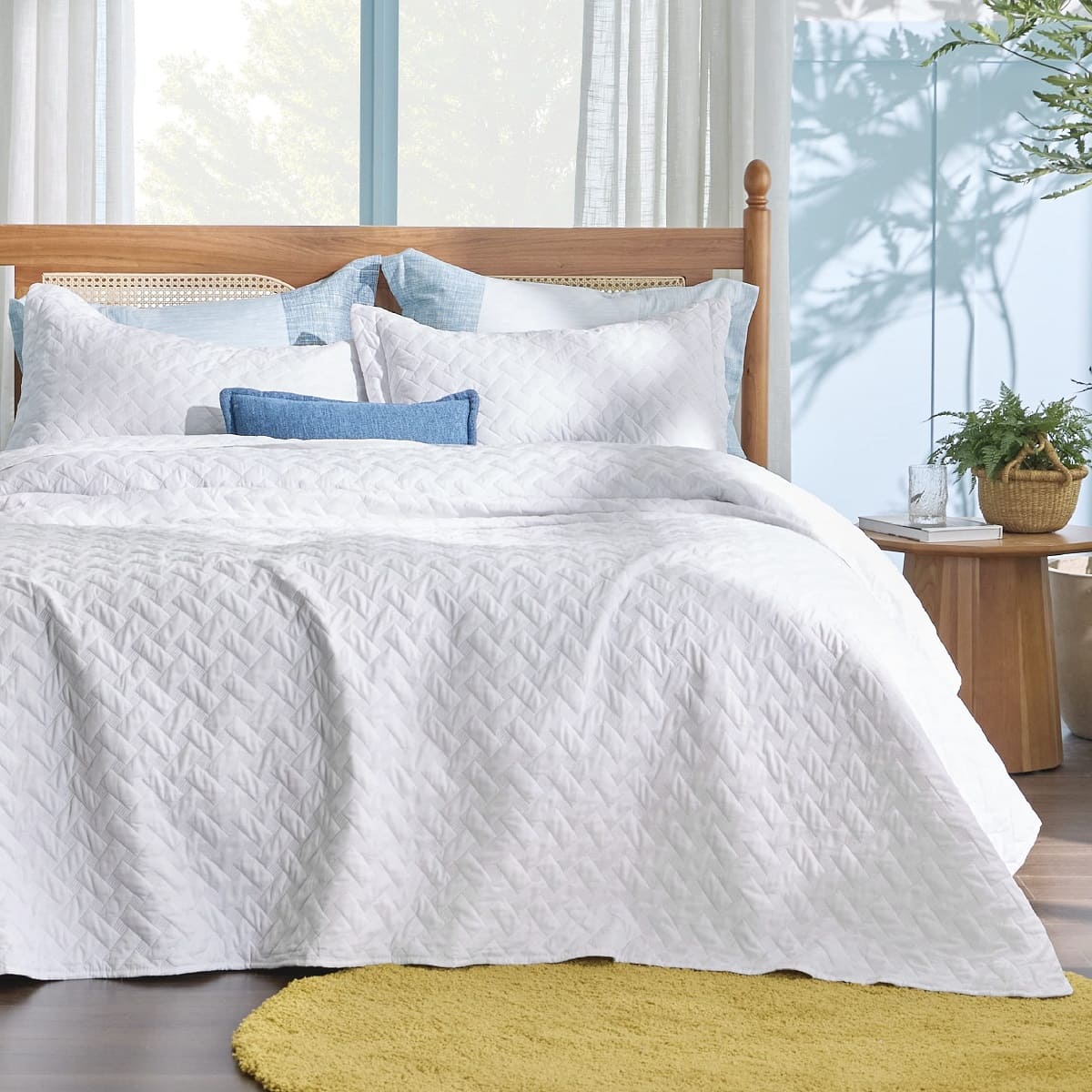
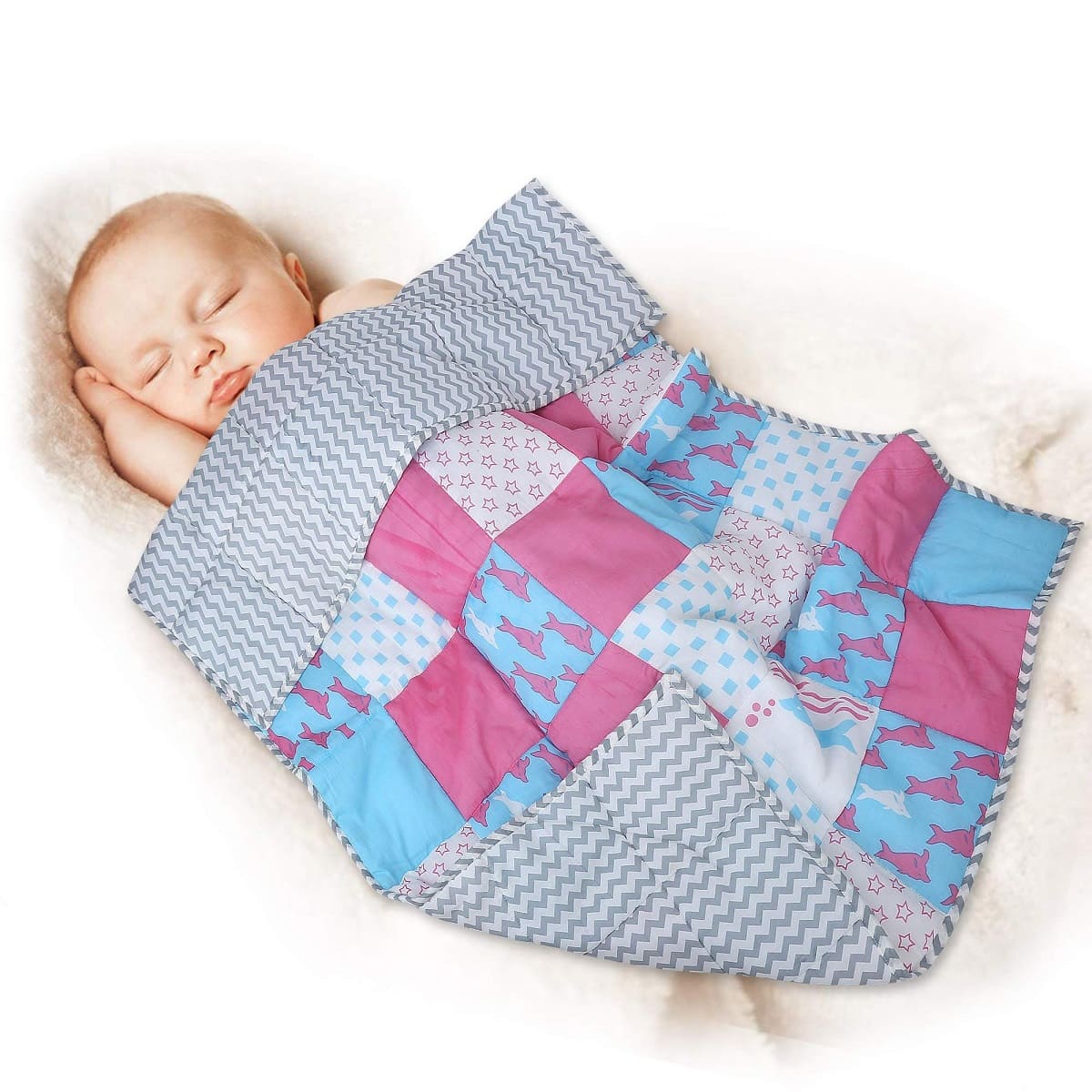
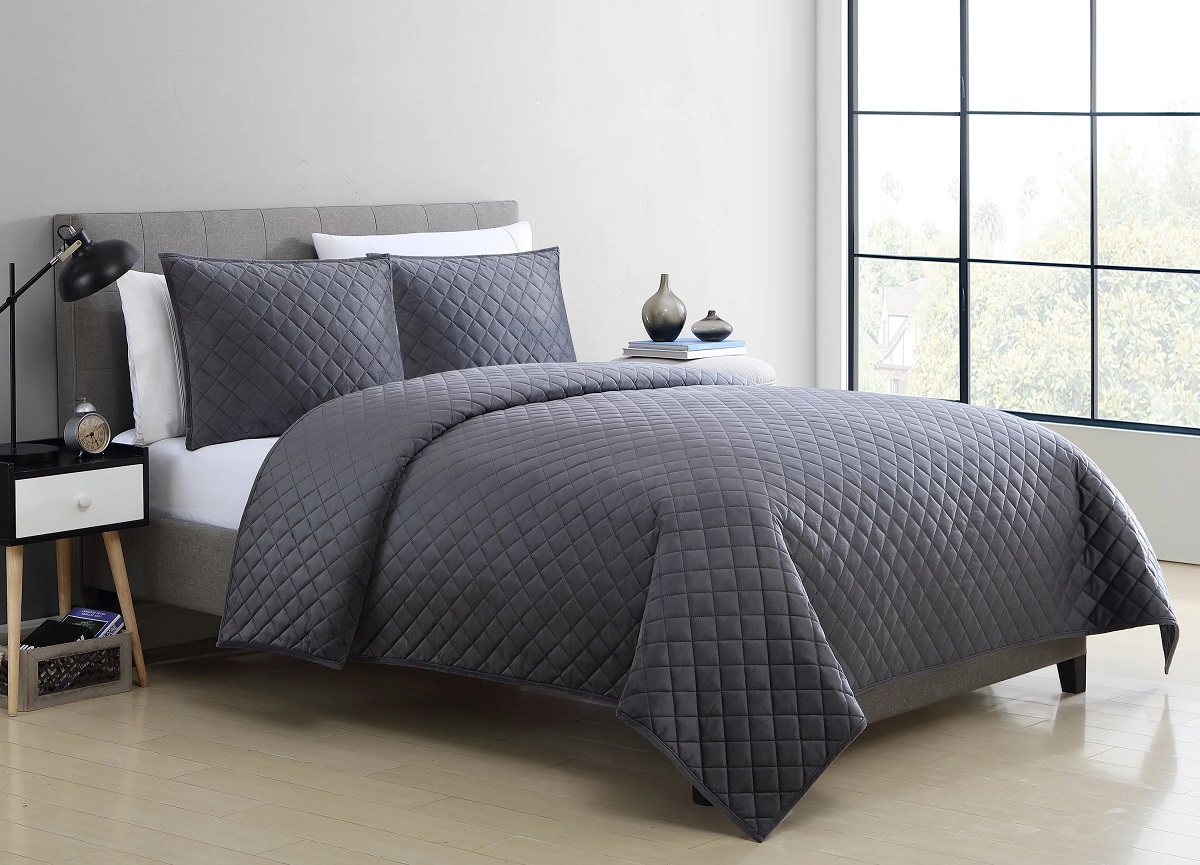
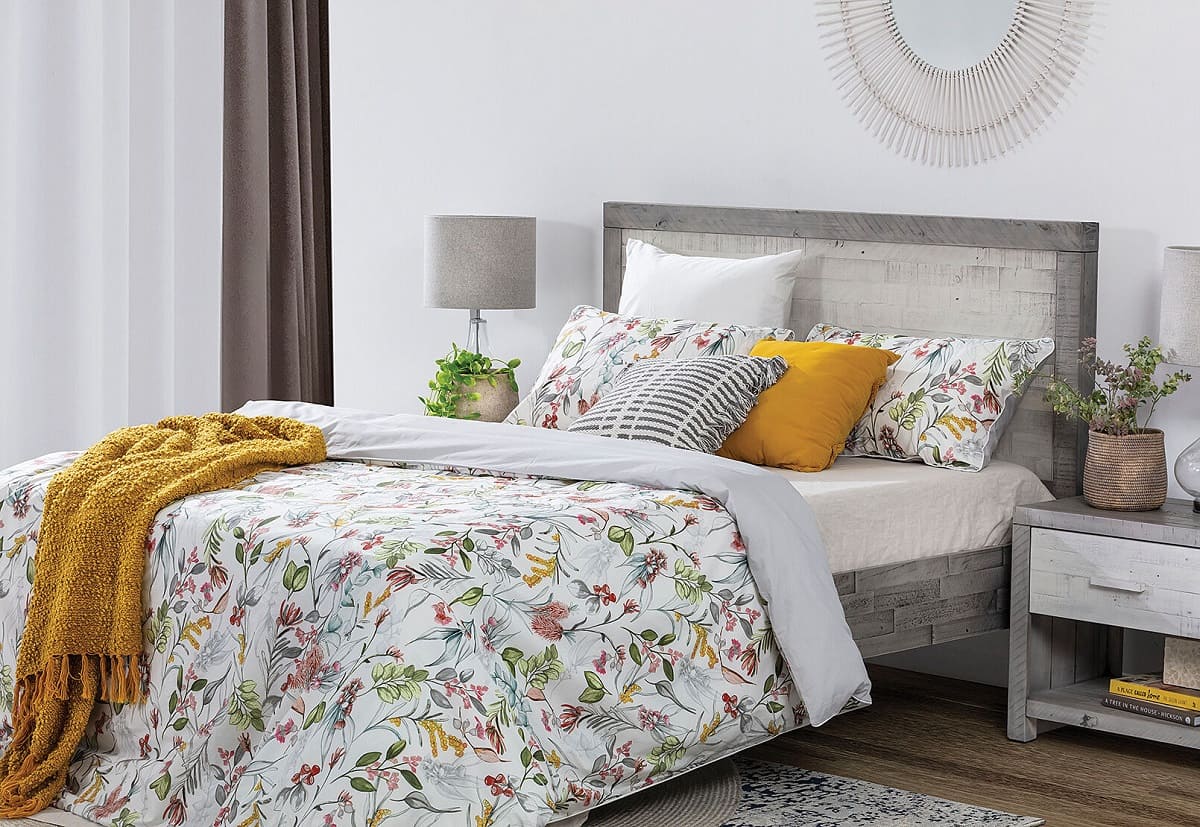
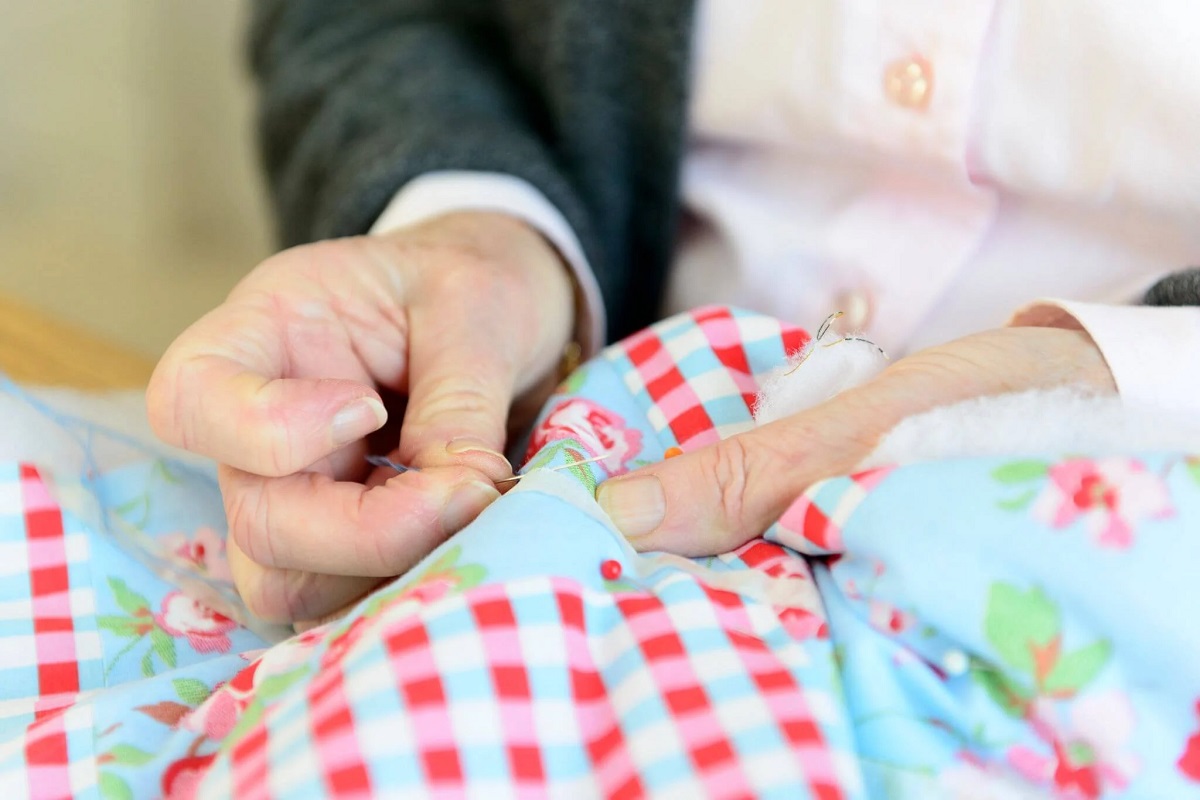
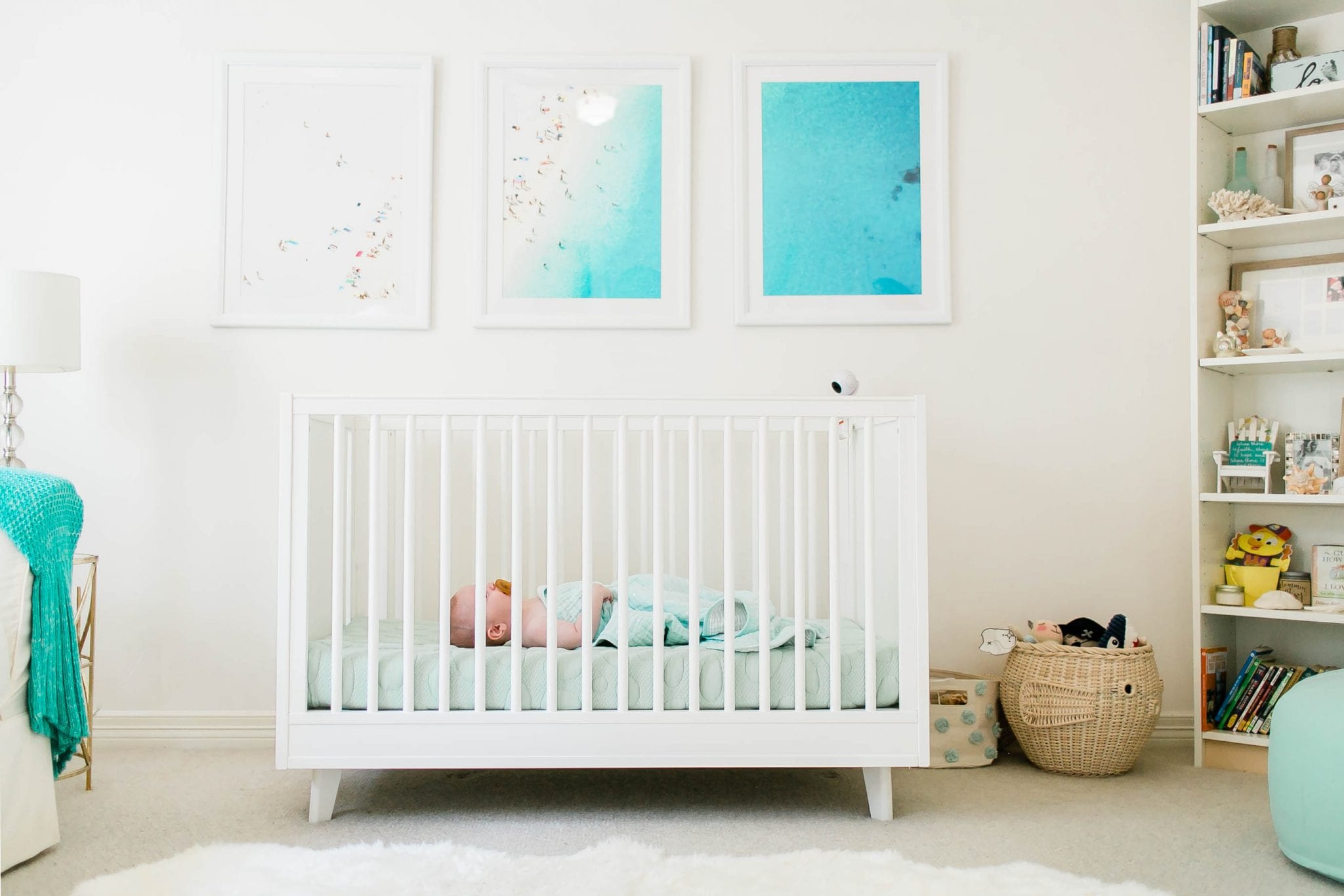
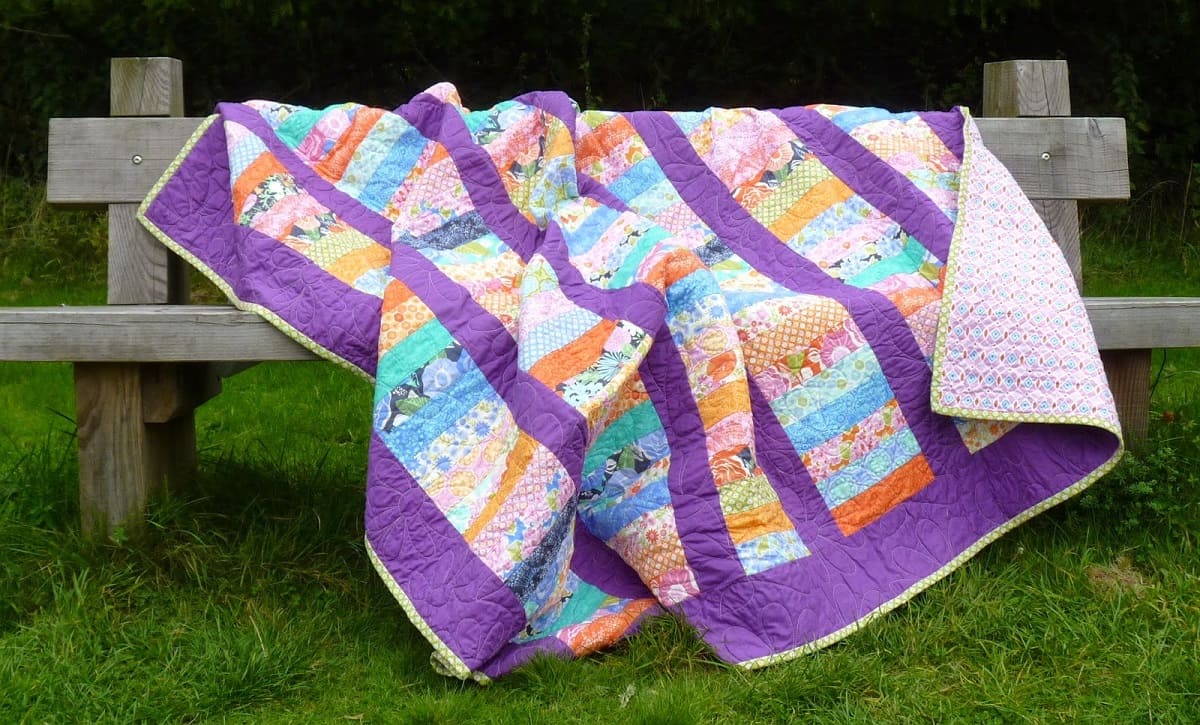
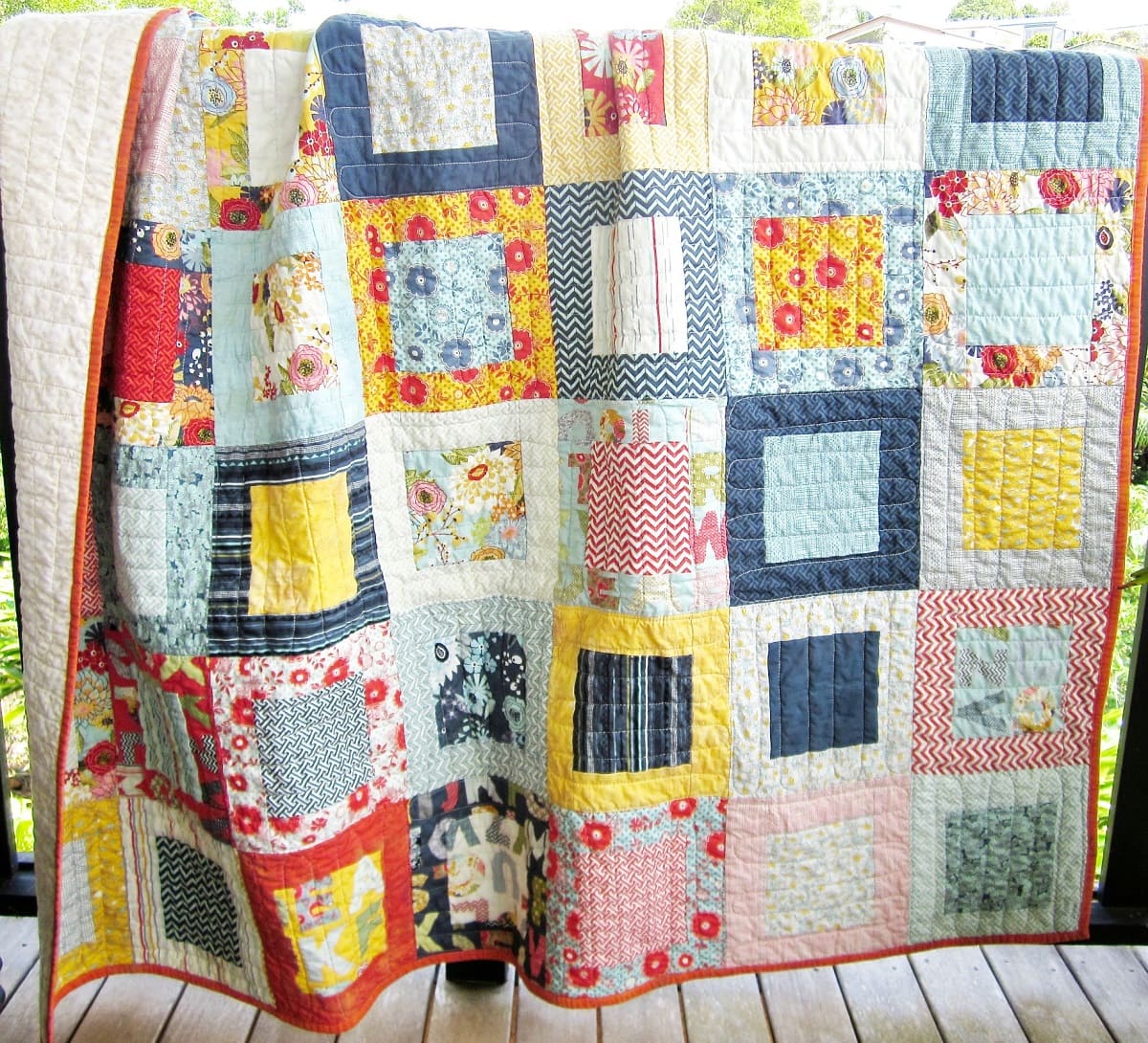
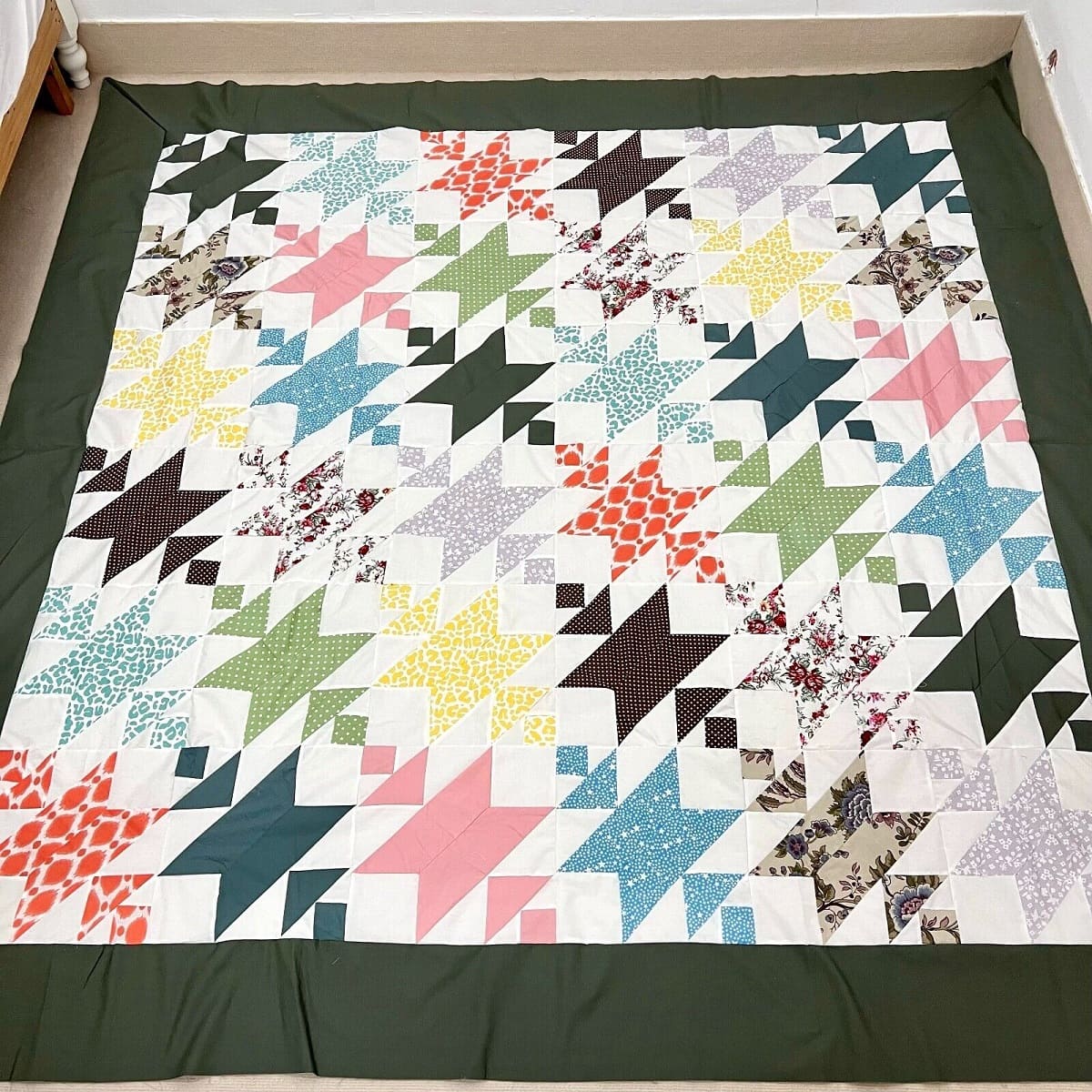

0 thoughts on “What Is The Size Of A Crib Quilt”